Bluehearts, Buchnera floridana, are most often found in coastal plains. These native wildflowers do best in fire-maintained ecosystems including flatwoods, pine savannas, and on roadsides. Violet-blue flowers bloom year-round atop 15 – 31 inch tall stems. When dried, the stem turns black.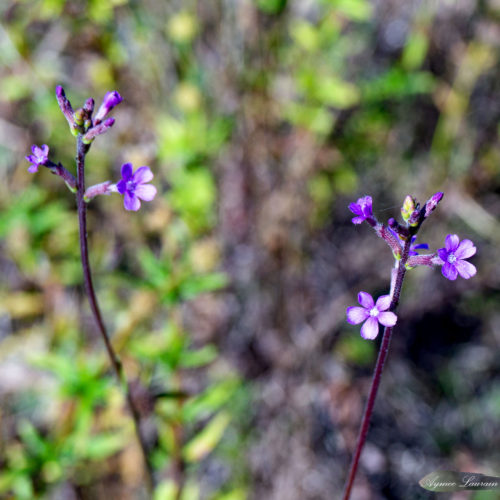
Yellow Milkwort
Yellow milkwort (Polygala rugelli) is also known as Rugel’s milkwort. These beautiful annual wildflowers blossom on top of tall thin stems that can reach heights of 1 – 3 feet tall. The leaves are larger near the bottom and smaller and sparser near the top of the stem where the 3/4 – 1 inch dazzling yellow flower blooms. This endemic plant blooms all year in the Florida peninsula but is most prolific in the summer and fall. It reproduces by seeds, some of which are dispersed by ants that take the seeds to their nest. There the ants eat the food bodies known as elaiosomes before discarding the seeds outside the nest where they will take root. Look for Yellow Milkwort in wet pine flatwoods, savannas, and at the edges of marshes.
Common Ground Dove
The Common Ground Dove, Columbina passerina, is most commonly found foraging on the ground and often in small flocks or pairs. However, it is a small bird about the size of a sparrow with gray plumage that blends into the ground and often goes unnoticed. The Common Ground Dove is the smallest dove in the United States. and can be found in the southern US from Florida to California.
Common Ground Doves feed primarily on seeds but will eat snail shells, small berries, and small insects. They will visit bird feeders. Look for these tiny doves in residential areas as well as at forest edges, in pine woodlands, and coastal dunes.
The male pursues a female of his choice by following her and raising his wings to reveal his gorgeous chestnut plumage. He courts her by puffing up and making throaty calls. The female agrees to accept him as a partner when she eats the regurgitated food he offers her. Both the male and female construct simple nests on the ground or in shrubs, mangroves, or palm fronds. The female lays 1 -3 eggs and will produce 1 -4 broods each year. Incubation lasts for about two weeks. Both parents feed the chicks a secretion called crop milk until they are ready to leave the nest at about two weeks of age.
The population of Common Ground Doves is currently considered stable. However, they do face the threats of loss of habitat, predation of their exposed nests by wild animals such as bobcats, snakes, and crows, and human interferences including vehicle strikes, hunting., and outdoor cats.
When we learn to connect, respect, and coexist with our wildlife and within our shared spaces, we will ensure that the next generations will experience these fantastic little birds.

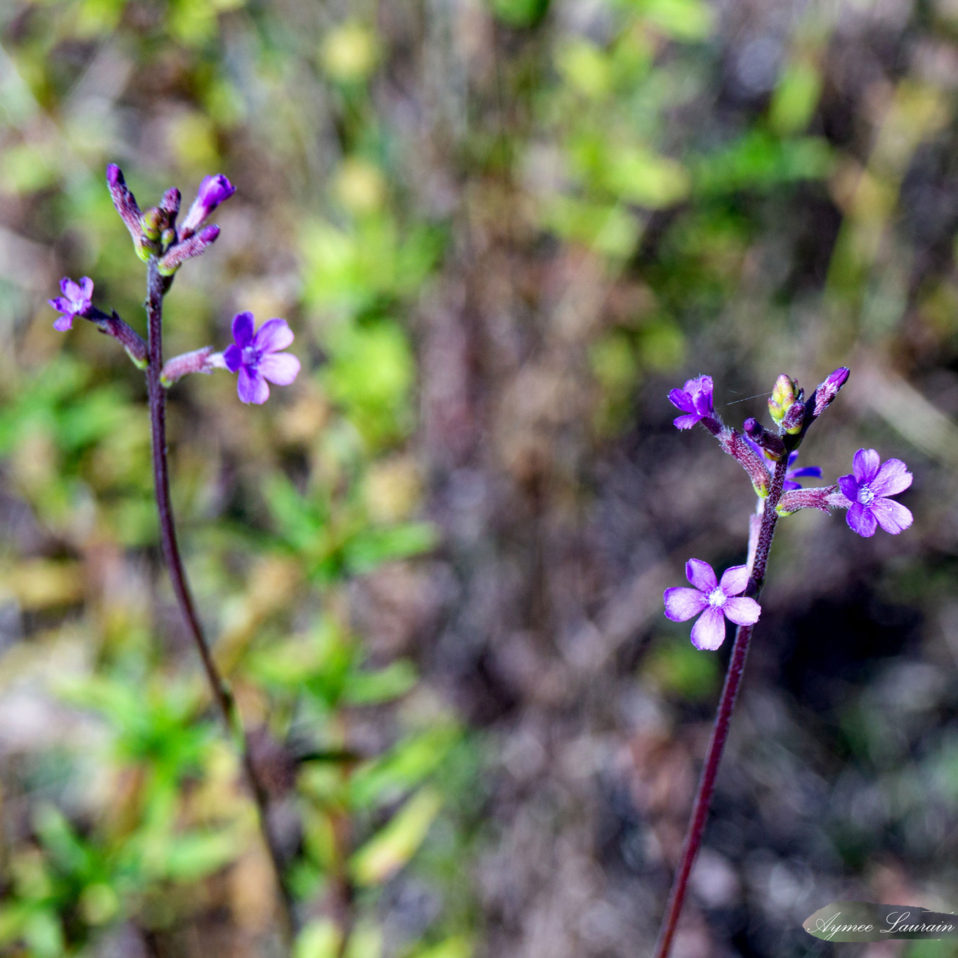
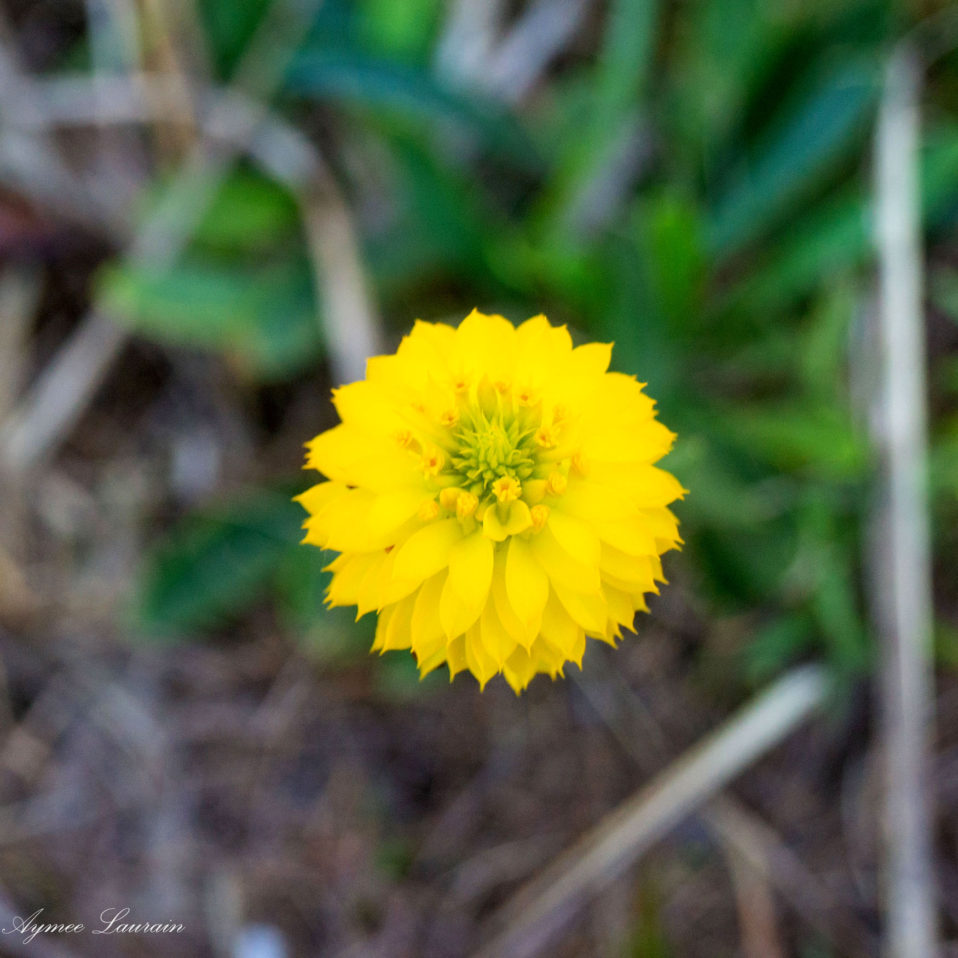
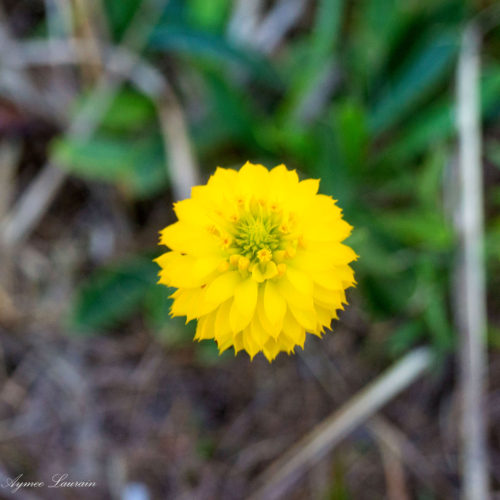
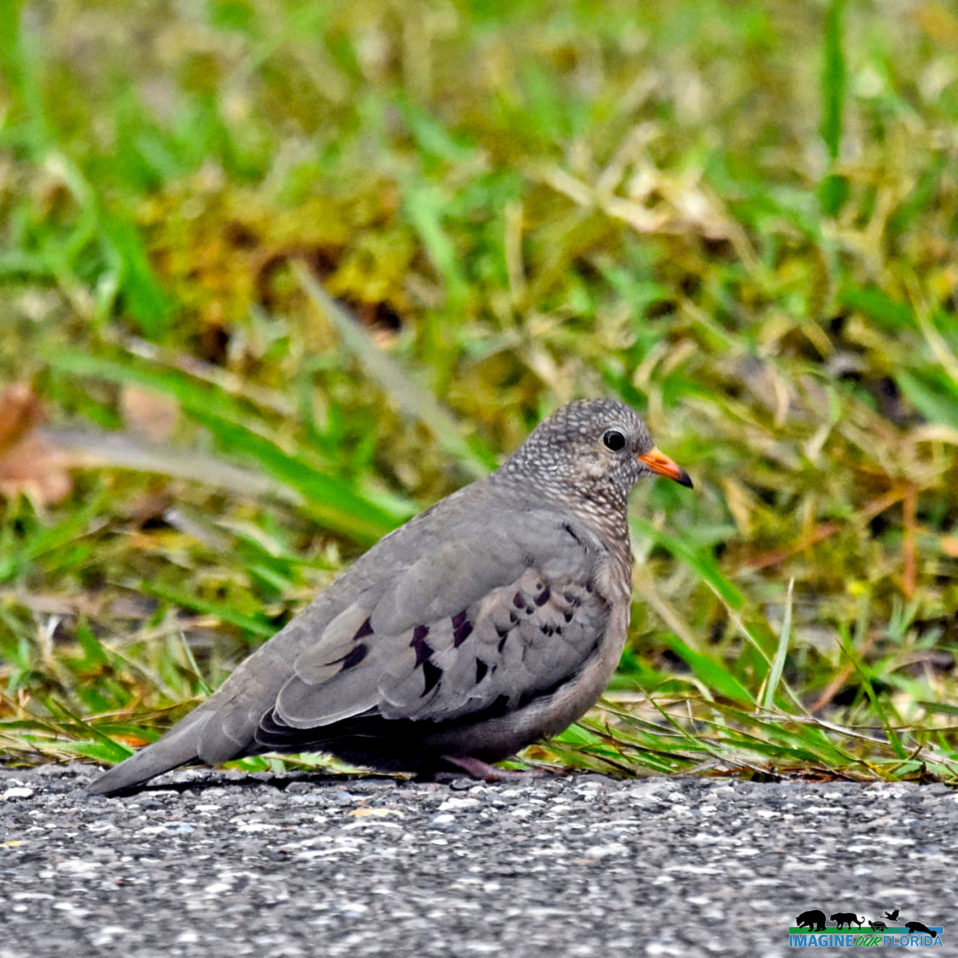
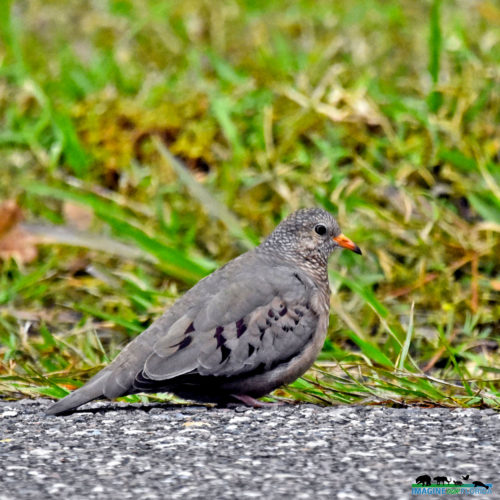
Recent Comments